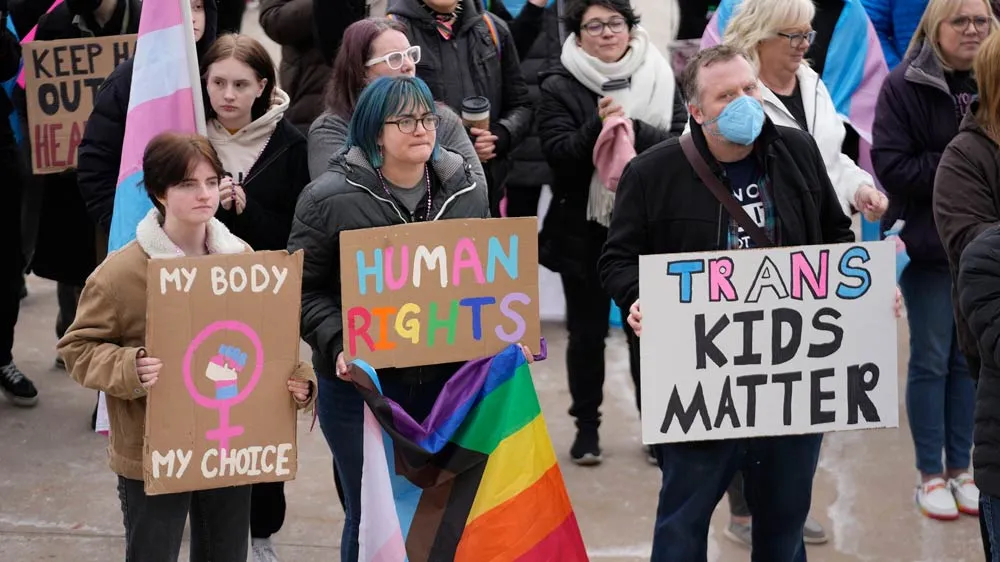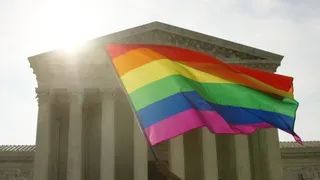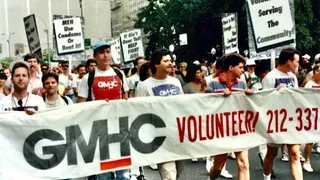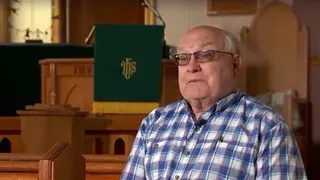September 23, 2017
Bisexual Activist Talks About Gender, Sexual Identity at Florida Atlantic
Ryan Lynch READ TIME: 3 MIN.
There was a feverish flurry of pens hitting paper during Wednesday afternoon in Florida Atlantic's Majestic Palm Room. But the students there weren't taking a test.
Instead, bisexual activist Robyn Ochs was having them fill out an anonymous questionnaire about their sexual and gender identities, ranking certain aspects between 1 and 7. With that information, she would help give those participants in her Beyond Binaries session a better understanding of the identities of themselves and others.
Ochs, who was coming to FAU for her fifth time, presented a talk on gender and sexual identities and how by being simplified, they have the importance on the individual experience taken away.
"FAU students are wonderful," Ochs said following her third event of the day. "The students with whom I had the pleasure of interacting are comfortable having complex conversations. They have the tools to have those conversations, something I don't always get to see."
That aspect came into play with the continuum activity, which follows the survey. Ochs had participants take on the paper of another anonymous survey taker and follow how their sexual and gender identity preferences have shifted with time.
In some cases, students followed a similar trend in how they identified, but there was a large variety of people who identified differently than others who had similar labels to them. Some of those students saw a shift in what they previously thought about the constructs.
"It's always enlightening," Victor Capellan, a 24-year old higher Education graduate student at FAU, said. "I always reflect on my own experience, and to see how others differ in their transition in and out of identities or disclosing or not is eye opening."
Capellan said despite going through that type of program twice previously, he always came away with something new. For 24-year old Business graduate student Janelle Irons, she became interested in the paths others sexual and gender identities had taken.
"For me, I wish I could see every paper because on my paper I was very intimate with the movements because I couldn't keep up with all 20 (people)," she said. "Watching the continuum shift and move, there were some things we all agreed on like hey monogamy's dope, but even with with monogamy not everyone is a 1, some are a two or three, meaning my monogamy could be very fluid. The best part was just watching people's movement from one half to another."
The activity, which Ochs calls a product of the community experiencing it and making additions, was designed to show they complexity of gender and sexual identities through the movements of people. Several students in the open follow-up discussion said they had more empathy for the experience of others and came away with a different viewpoint.
In terms of future progress, Ochs said that that's one of the things she is most excited for. Drawing from her own experiences of coming out 41 years ago, she showed how much progress had been made and how much there is to come.
"I didn't know anyone who identified like me where I was and there was no Google," Ochs said. "I couldn't just go 'oh mother Google, tell me the answer to this.'"
As for the future of education in making more progress, Ochs would like to see more progress in working gender identity courses and discussions in schools. The FAU students echoed her sentiment.
"I think it's extremely important because too many times we are put in this world and put in situations where this information would be extremely beneficial," Capellan said. "I think that it has the potential to change a lot of lives and diminish a lot of hate in the world."







